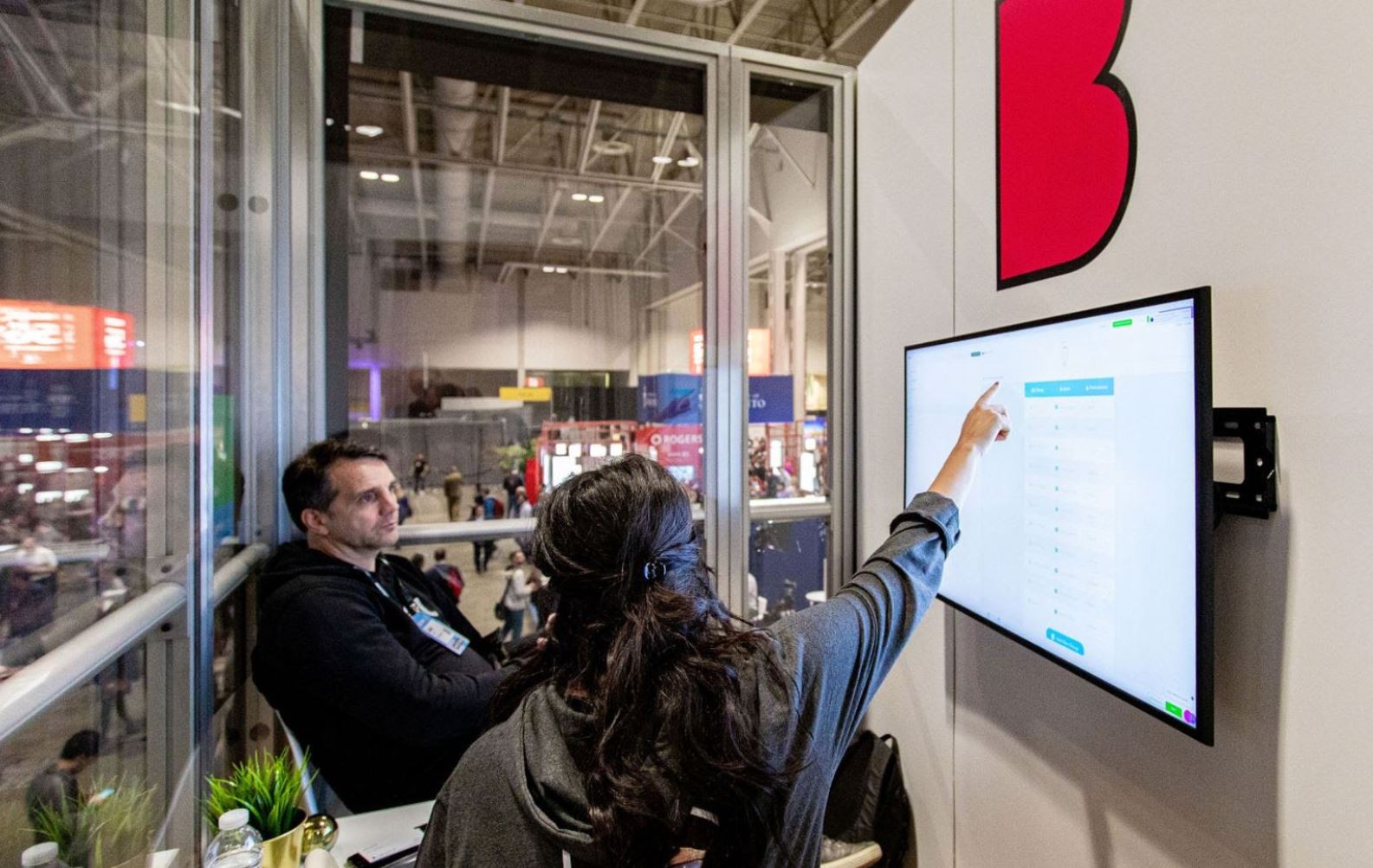2020 has been quite eventful so far. The current pandemic has sadly spelled difficulty ahead for industries like hospitality, manufacturing, transport and construction, but it seems to be the crowning moment for online education.
In truth, a majority of schools and colleges that hadn’t embraced online education before 2020 are now struggling to cope amidst the uncertainty. But we are here to tell you that if you’re an educational institute, academy for arts, or even a school for yoga, meditation and other joys, then lockdown doesn’t have to mean a shutdown for your business. The solution is simple: digital transformation. Take your services online and enjoy the promise of expanded access and lower costs in the near future.
But first, let’s take a deep dive into what digital transformation can look like for the education industry. What exactly is online education? Online education is an evolved learning system, which relies on the internet for interaction and distribution of course material between students and teachers.
What’s the scope for online education in the future?
Growing demand to reduce the cost of education, increasing government initiatives globally to support online education platforms, and increasing penetration of smartphones and home internet are factors contributing to growth of the global online education market. Additionally, the market is also expected to be boosted owing to the increasing demand for adaptive learning. As of 2019 according to Market Watch, the global online education market is set to expand at a 28.55% compound annual growth rate (GAGR) and reach $132.98 billion by 2023. Now that we have an idea of what 2020 will look like, we know this growth will be further accelerated by the COVID-19 pandemic. Online education is the future.
If you're considering getting your venture online, here are key practices that guarantee success:
#1. Plan and define your idea thoroughly
Build a bespoke platform that supports your objectives. You can create your own website or app. But first, ask yourself these questions. What subjects do you teach? What all tools will you need to teach? Would you like each student to have a dashboard to track their progress? Would you like online quizzes and tests? There are many more questions that you might want to ask yourself before you decide to build your platform. The more you understand your requirements, the more successful your platform will be in delivering effective education, which in turn will result in higher student satisfaction. We’ll tell you more; keep reading.
#2. Set clear expectations
In an online environment, especially under the given circumstances, anxiety is going to be high. Which is why all parties involved must set clear expectations and communicate frequently and succinctly. As the admin of the platform, you could also prepare an FAQ outlining all the details pertaining to operations during this time (and in the future) so everyone is on the same page. Next, prepare a step-by-step guide on how to access and use online learning tools and curriculum. Lastly, establish a schedule that is clear about when teachers and students need to be logged on. A full day in front of a screen may be too tiresome for everyone involved.
#3. Revamp the art of delivery
Teaching in a classroom and teaching through a platform may seem like the same deal in theory, but in actuality, the latter can be quite unnerving for beginners. A wide variety of technology tools, many free, are available to help with teacher training and module planning. If anything, online teaching is the best opportunity for all educators to get more creative when it comes to lesson delivery. Long lectures, heavy textbooks and boring activities are outdated. Make space for Google Slides and PowerPoint-based presentations, animated videos, online puzzles and more. You won’t regret spending time on this.
#4. Nurture a robust learning environment
A robust learning environment may mean different things for different businesses, but a few common factors are –
a. It provides frequent feedback through online revisions, comments on collaborative documents, and chats to keep students motivated and moving forward.
b. You could also conduct live chats or video tutorials to maintain a human connection.
c. Let your platform be so intuitive that it does not require constant involvement from the parents, partners or teachers. Let it encourage independent learning.
#5. Support your team emotionally
This is probably the most critical practice of all. Inculcate a routine of regular check-ins with students and staff to ensure that they are coping well. Being sequestered at home can be distressing and many of us can use support in dealing with the ongoing coronavirus crisis. Therefore, taking time to check in about feelings of anxiety is just as important (if not more) as checking on course-related progress.
We, at Builder.ai, believe that the day you stop learning is the day you stop growing. So, even though schools may be closed right now, learning (read: your education enterprise) should always be open. This is where technology comes in and empowers us to stay connected with our students and customers despite lockdowns and quarantines. So, to pick up from point #1, here is what you can do once you have your idea clear in your mind. You can click here and start building your school app idea for free. This is the first step to building your own website or app.
Our human-assisted AI can build your tailor-made software using the collective knowledge of what has been built before; an assembly line connects reusable features with specialist creators from our global network. We give you a guaranteed maximum timeline and pricing. If it’s done sooner, you pay less and if it takes longer, you don’t pay a penny more. That’s our promise. Moreover, once built, we provide after-care so that everything is working optimally and never goes out of date, we make sure they have access to all the cloud services needed for their idea to be successful; technology infrastructure to specialists service providers.
The Builder.ai platform was built to support digital transformation as the economy fast-tracks its way to a digital future. Unlike any single technology vendor, we have the benefit of 11 timezones and 140+ partners to lean on. So, we are able to ensure that during uncertainty, we provide our customers certainty and that too at double the speed and almost a third of the price.
Click here to get started and give your students’ the joy of online learning!
Lakshmi is a communications professional with over 6 years of experience across industries- from digital media and fashion to health and technology. She specialised in Integrated Marketing and Communications cum laude, and naturally, can work her magic best when handling public relations, marketing and editorial content and communication. Most people find her moderately introverted, conspicuously sassy, significantly energetic, and massively dog-loving.














 Facebook
Facebook X
X LinkedIn
LinkedIn YouTube
YouTube Instagram
Instagram RSS
RSS


